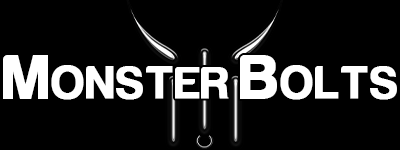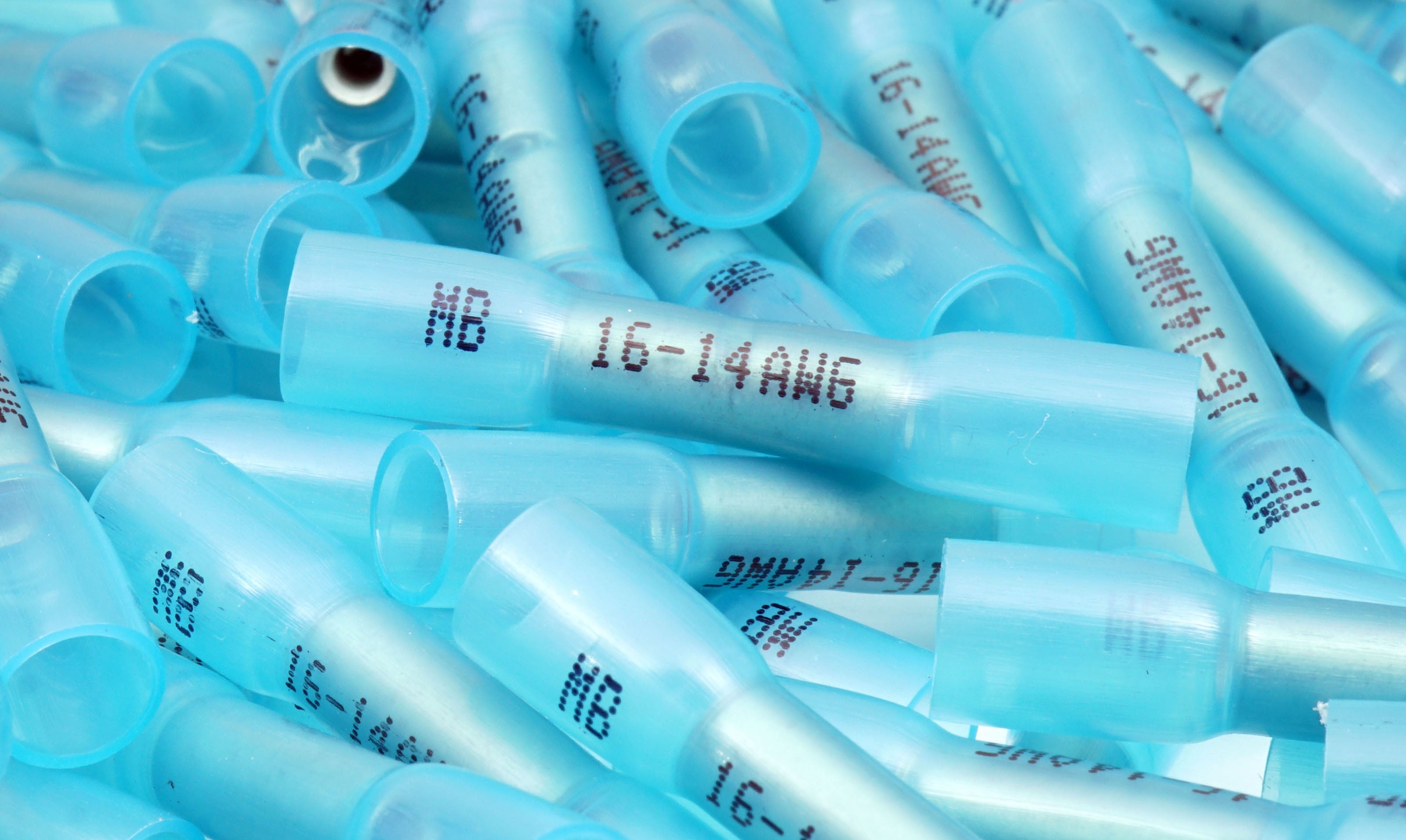Sealed Butt Splicing Connectors: A Simple Guide to Reliable Electrical Wiring
At Monster Bolts, we like sealed butts—and we cannot lie! Sealed butt splice connectors are one of the easiest ways to join wires securely. Whether you’re wiring a trailer, boat, or industrial equipment, they make electrical projects faster, cleaner, and more reliable.
What Is a Butt Splice Connector?
A butt splice connector joins two wire ends in a straight, end-to-end “barrel splice.” By compressing (crimping) the wire inside the barrel, it creates a secure electrical pathway that allows current to pass safely and consistently. When sealed, these connectors add extra protection against water, dirt, and corrosion.
How Sealed Butt Connectors Work
Sealed butt connectors include a heat-shrink sleeve lined with adhesive. After crimping the wires inside the connector, heat is applied to shrink the sleeve, creating a watertight seal. The result: a splice that resists moisture, vibration, and contaminants—perfect for marine, automotive, and outdoor use.

Before: Cross-section showing connector barrel prior to sealing.

After: Crimped, heat-shrunk, and sealed with two wires attached.
Color Codes and Wire Gauges
Butt connectors are color-coded to match specific wire sizes. Using the correct size ensures the crimp holds securely and the seal works properly.
| Color | Wire Gauge (AWG) | Typical Use |
|---|---|---|
| Red | 22–18 AWG | Low-current circuits, small electronics |
| Blue | 16–14 AWG | General automotive, marine wiring |
| Yellow | 12–10 AWG | Higher current loads, trailers, RV wiring |
Choosing the Right Connector
- Wire Gauge: Match the connector color to your wire size.
- Environment: For outdoor, marine, or wet areas, always use sealed (adhesive-lined) connectors.
- Stranding: Stranded copper wire works best—ensure full compression for strength.
Other Factors to Consider
In addition to size and environment, keep in mind:
- Tooling: Use a ratcheting crimp tool for best results.
- Heat Source: Apply even heat with a heat gun (avoid open flames if possible).
- Strain Relief: Support wires near the splice to reduce vibration fatigue.
FAQs
What’s the difference between sealed and unsealed butt connectors?
Sealed connectors include a heat-shrink sleeve with adhesive, creating a waterproof and corrosion-resistant bond. Unsealed connectors are fine for dry environments but don’t hold up in marine or outdoor use.
Can I use sealed butt connectors on a boat or trailer?
Yes! They are the preferred choice for marine, trailer, and outdoor wiring because they keep out water and salt, which prevents corrosion.
Do I need a special tool to install sealed butt connectors?
A quality ratcheting crimp tool is recommended. It applies consistent force for a strong mechanical and electrical bond. After crimping, heat the sleeve until the adhesive melts and seals the splice.

